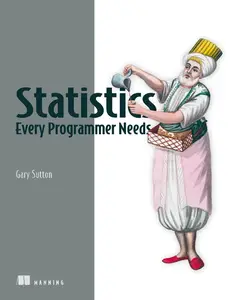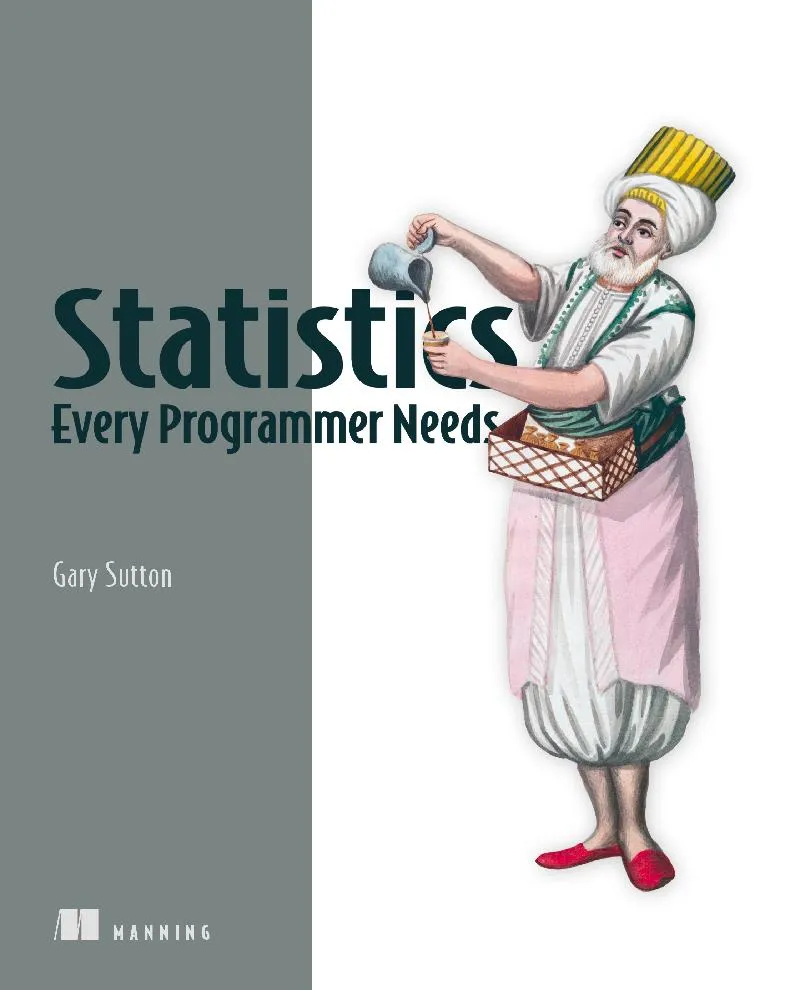Statistics Every Programmer Needs (Final Release)
English | 2025 | ISBN: 1633436055 | 450 pages | True EPUB | 10.18 MB
English | 2025 | ISBN: 1633436055 | 450 pages | True EPUB | 10.18 MB
Data-driven decisions rely on statistics. Statistics Every Programmer Needs introduces the statistical and quantitative methods that will help you go beyond “gut feeling” for tasks like predicting stock prices or assessing quality control, with examples using the rich tools of the Python ecosystem.
Statistics Every Programmer Needs will teach you how to
Apply foundational and advanced statistical techniques
Build predictive models and simulations
Optimize decisions under constraints
Interpret and validate results with statistical rigor
Implement quantitative methods using Python
In this hands-on guide, stats expert Gary Sutton blends the theory behind these statistical techniques with practical Python-based applications, offering structured, reproducible, and defensible methods for tackling complex decisions. Well-annotated and reusable Python code listings illustrate each method, with examples you can follow to practice your new skills.
About the Technology
Whether you’re analyzing application performance metrics, creating relevant dashboards and reports, or immersing yourself in a numbers-heavy coding project, every programmer needs to know how to turn raw data into actionable insight. Statistics and quantitative analysis are the essential tools every programmer needs to clarify uncertainty, optimize outcomes, and make informed choices.
About the Book
Statistics Every Programmer Needs teaches you how to apply statistics to the everyday problems you’ll face as a software developer. Each chapter is a new tutorial. You’ll predict ultramarathon times using linear regression, forecast stock prices with time series models, analyze system reliability using Markov chains, and much more. The book emphasizes a balance between theory and hands-on Python implementation, with annotated code and real-world examples to ensure practical understanding and adaptability across industries.
What's Inside
Probability basics and distributions
Random variables
Regression
Decision trees and random forests
Time series analysis
Linear programming
Monte Carlo and Markov methods and much more



